Expirence / Gibson Hotel Breakfast
Gibson Hotel Breakfast
Summer 2023
Dev
UI/UX
Figma
Github Projects
TypeScript
React.js
Next.js
Firebase
Tailwind CSS
Google Cloud Platform
Usability Testing
Prototyping
Site Mapping
Wireframing
Expirence Overview
- Led the end-to-end development of a custom web application for a boutique hotel in Great Falls, MT, enabling guests to order breakfast on tablets and streamlining order management for staff.
- Designed and implemented the app using React, Next.js, Firebase, Google Cloud, and Tailwind CSS, handling all aspects from UI/UX to backend architecture.
- Collaborated closely with the hotel owner to define high-level goals and iteratively translated evolving requirements into a fully functional, intuitive product.
- Created interactive wireframes and polished mockups in Figma, aligning user experience with the unique needs of hotel guests and staff.
- Built a real-time dashboard for hotel employees to manage and track orders, automatically generating bakery reports in Excel to eliminate manual aggregation.
- Authored clear user documentation and designed the app’s help system and onboarding flow to accommodate hotel staff turnover and reduce training friction.
- Introduced custom analytics dashboards to help forecast high-demand items during bakery closures, improving inventory planning and minimizing waste.
- Employed modular, maintainable code practices to adapt to changing requirements without sacrificing stability or release timelines.
- Managed the entire project solo, acting as project manager, designer, developer, and technical writer, showcasing self-discipline and cross-functional ownership.
- Delivered measurable improvements in order accuracy, guest experience, staff efficiency, and long-term operational insight.
My Role
I wore various hats, including project manager, UI designer, and software engineer. I didn't have a team and fulfilled whatever role I needed to complete the project, including being a technical writer.
Problem
The hotel managed all breakfast deliveries on paper, which proved cumbersome when the front desk employee had to aggregate all the guest orders into one total order for the bakery. To provide a better experience for the guests and make the employees' jobs less tedious and error-prone, a custom software system could bring efficiency and organization to the process.

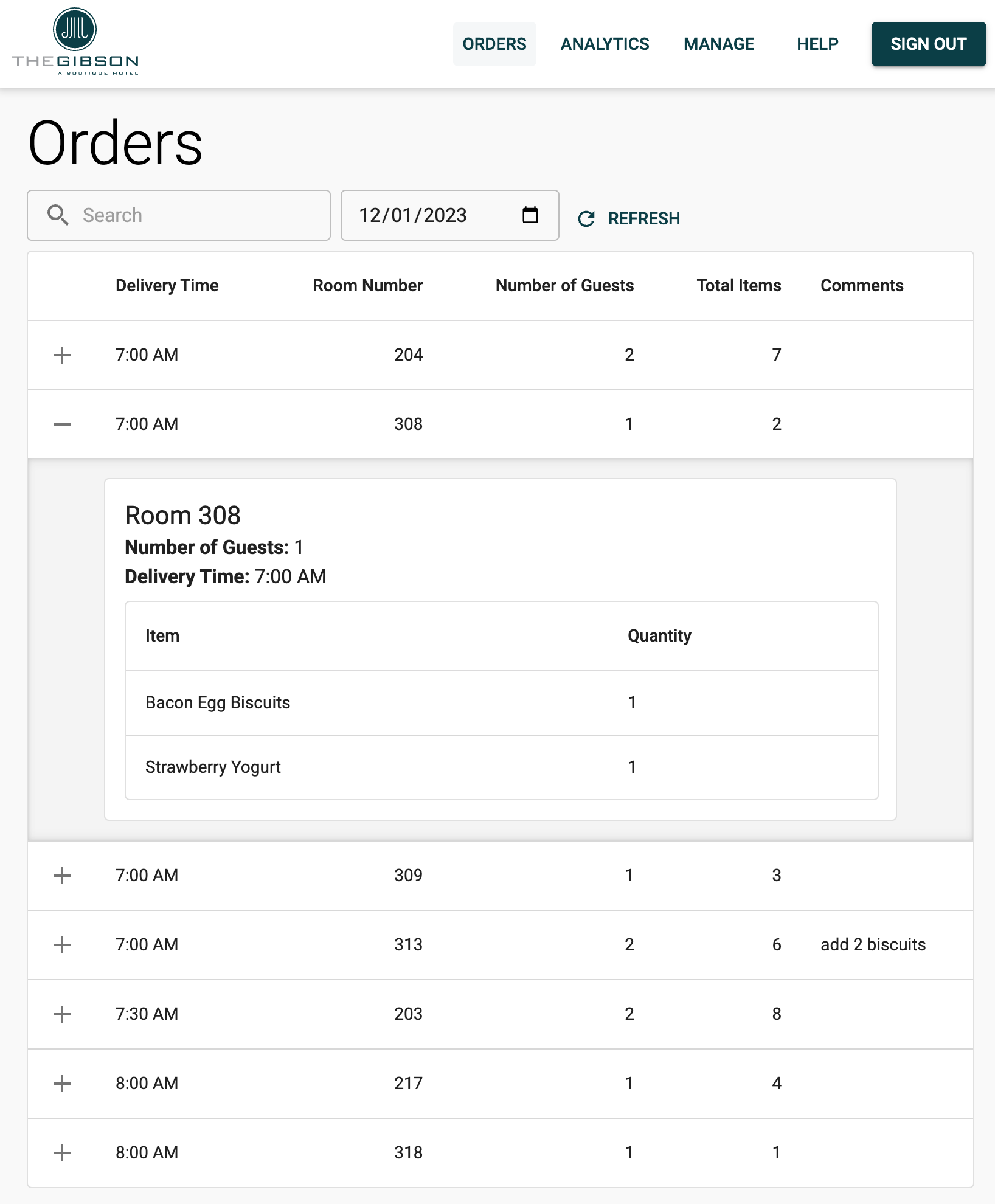
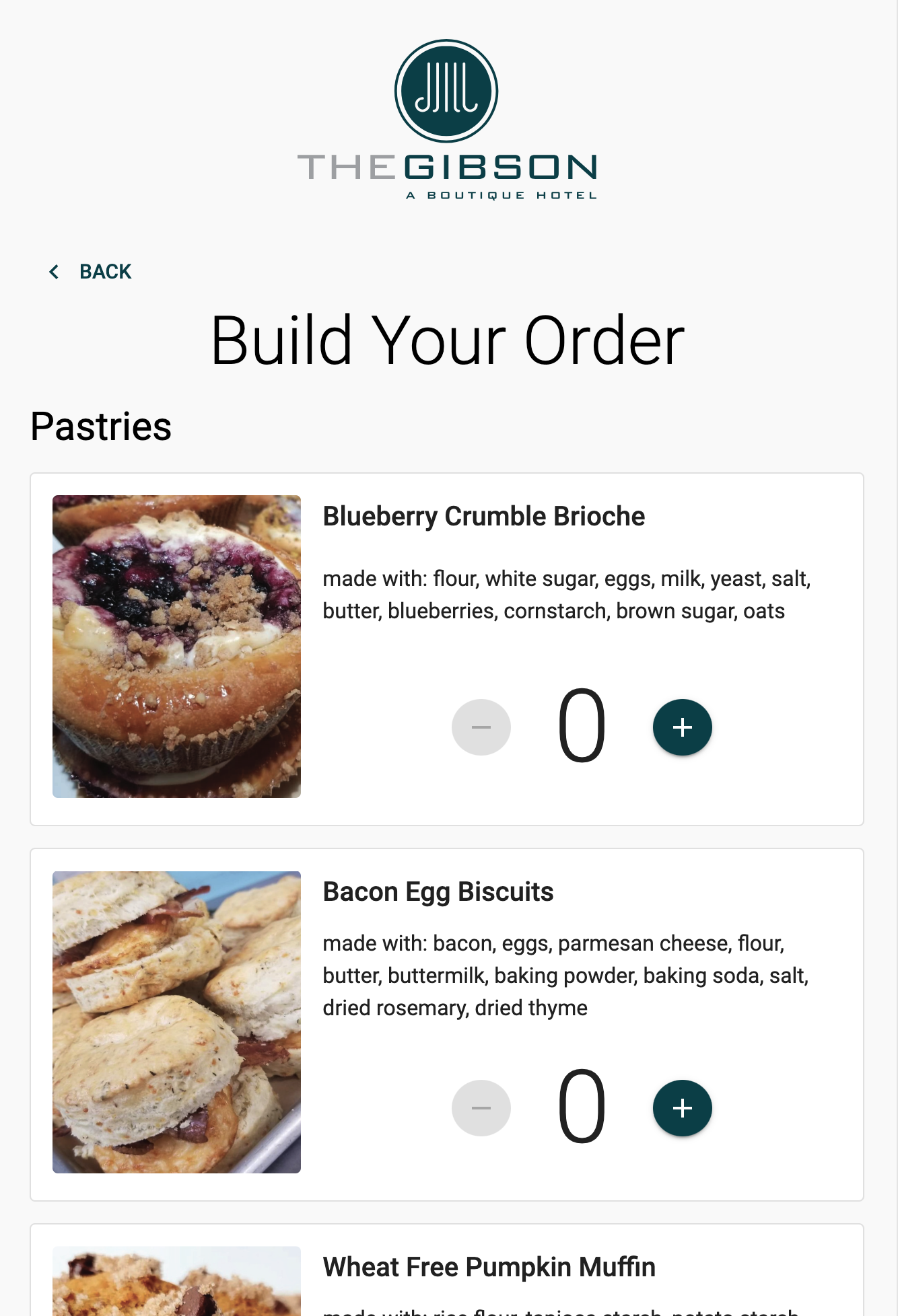
Process
Requirements Gathering and Ideation
I began the project by working with the hotel owner to determine the application's features and requirements. We didn't know every requirement the application needed at the time, so we defined some high-level objectives to guide the process.
Design and Iteration
From our discussions, I iterated on hand-drawn wireframes and site maps to experiment with the optimal layout and structure of the application. I then took my best designs and created some mockups in Figma to present to the hotel owner. After we finalized the structure of the application, I began implementation.
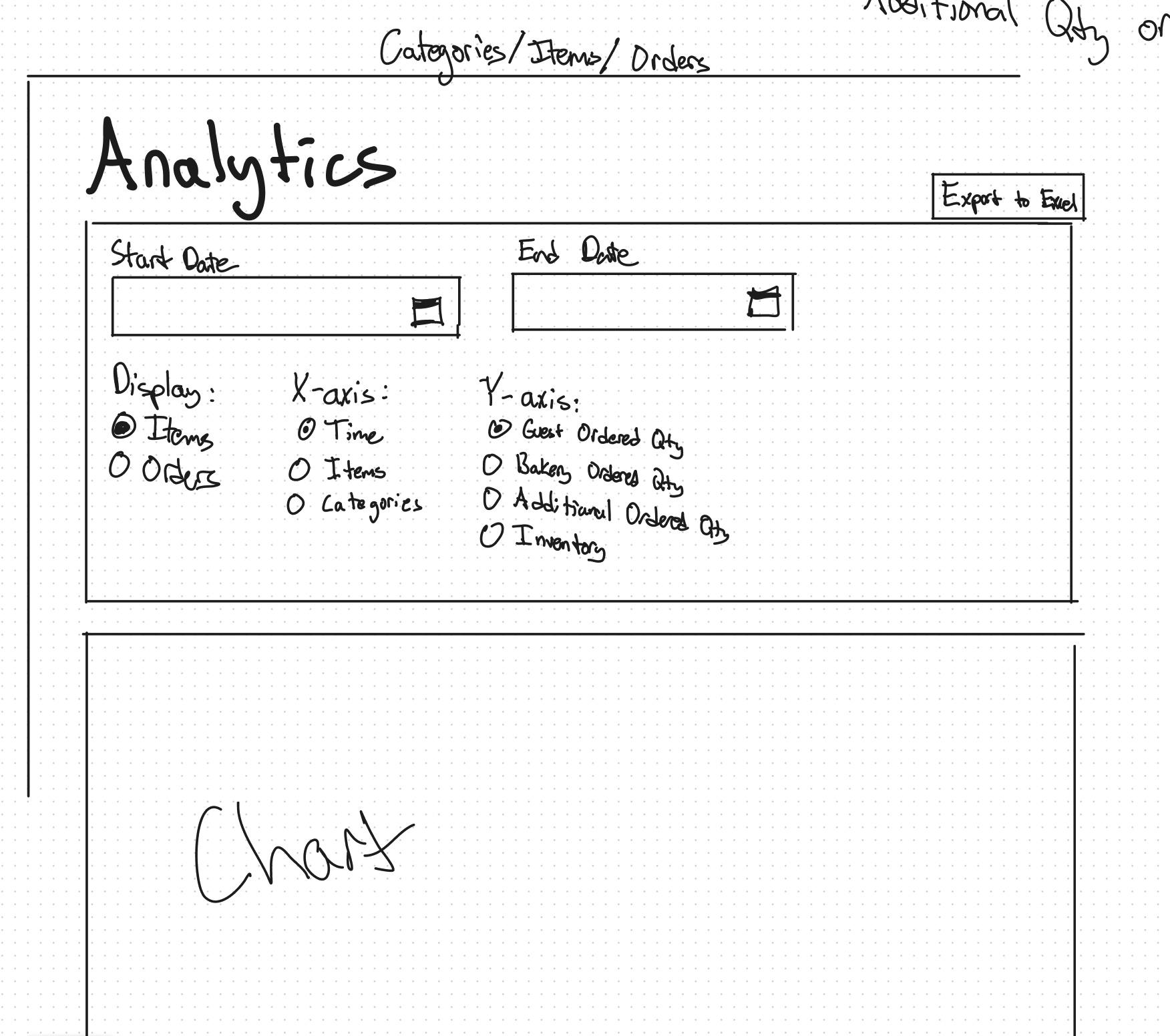
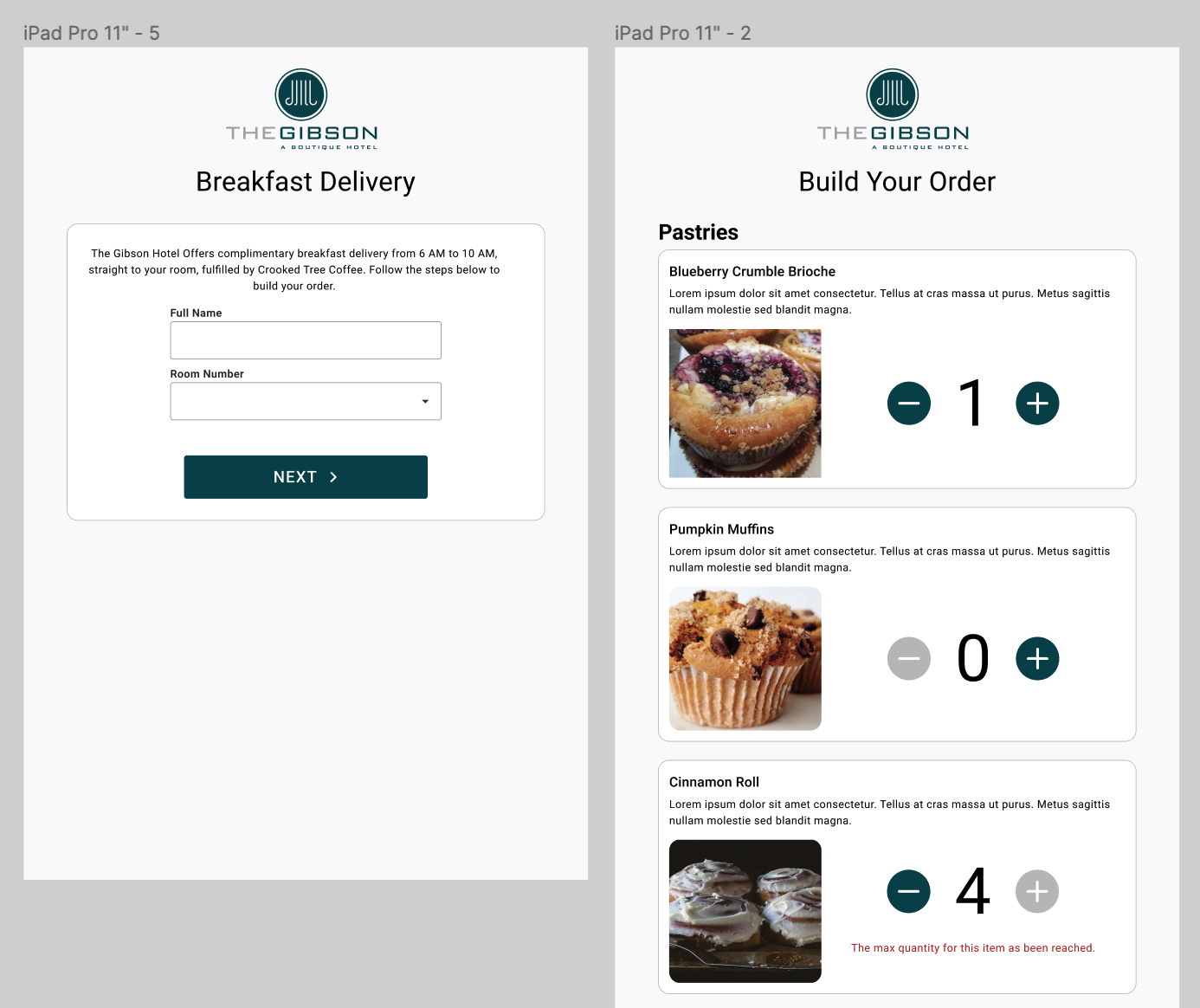
Development and Testing
I built the application using modern web technologies, managing my development tasks using an agile model. After each significant stage of development, I reviewed the application with the hotel owner to receive feedback and refine details. I also conducted informal usability tests to determine whether the application met my target.
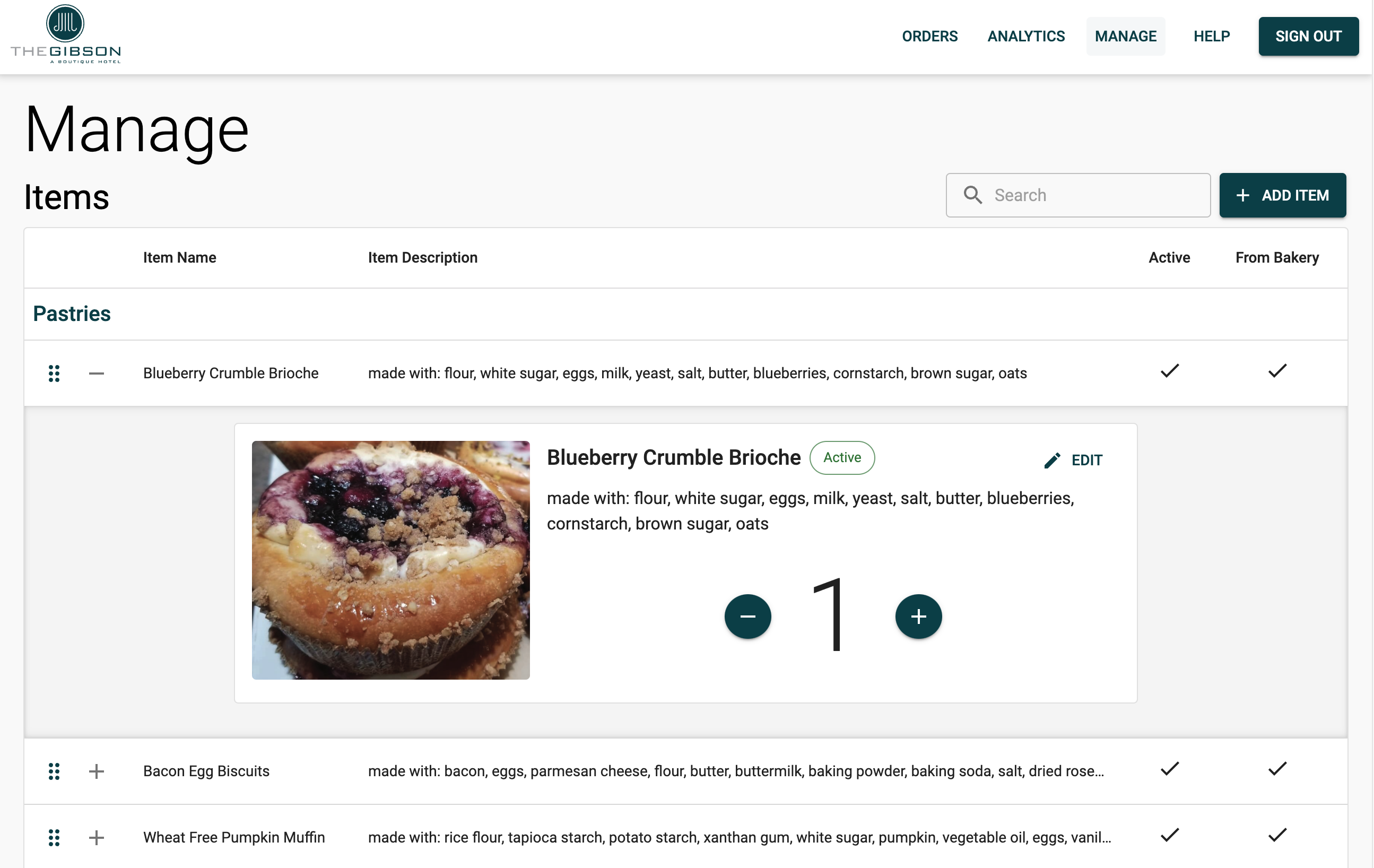


Release
Before the application was released, I wrote a user guide and provided comprehensive documentation on how to use each feature. The application was released once it had been thoroughly tested for bugs.
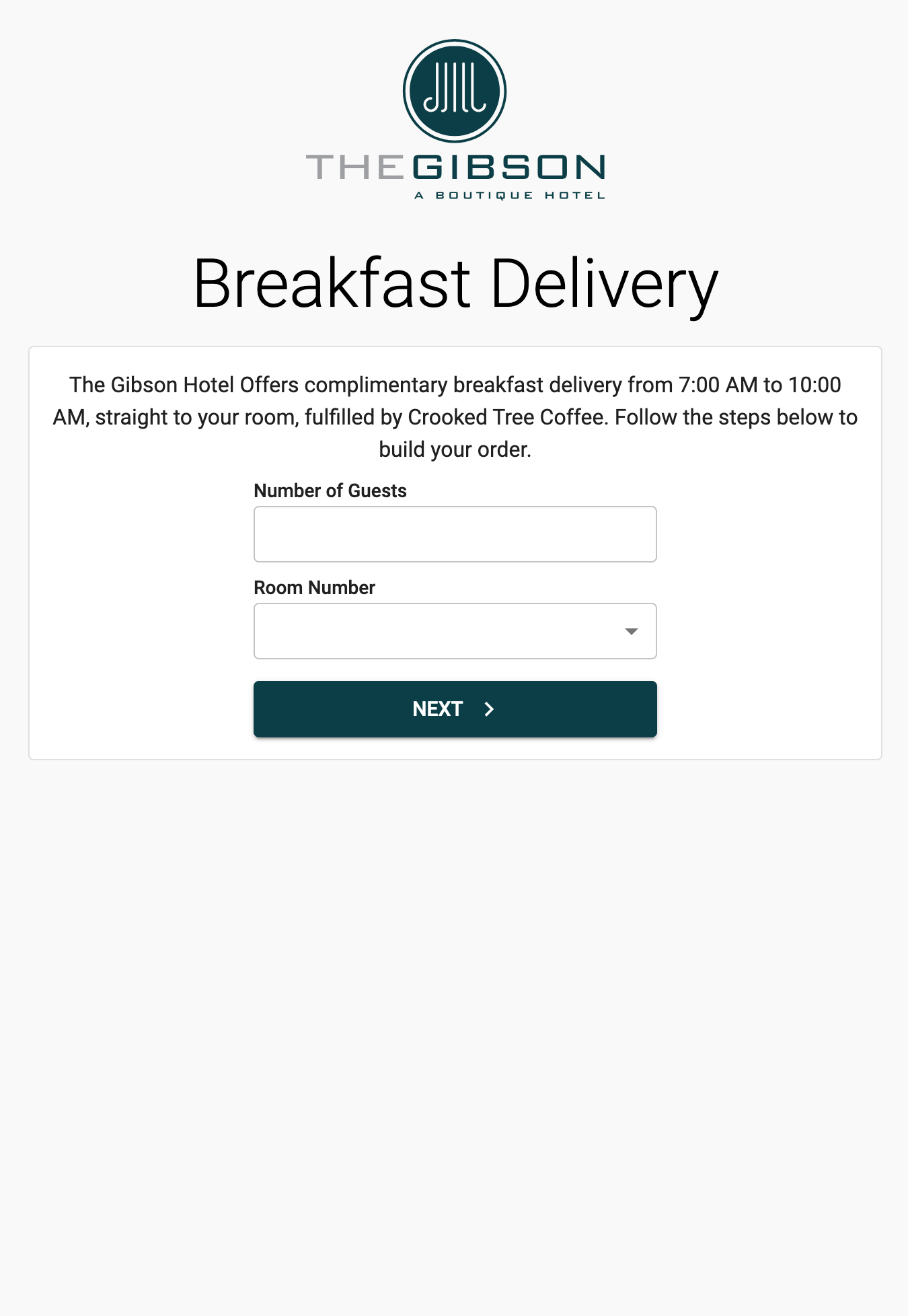


Feedback and Iteration
Once the hotel employees had been using the application for a few weeks, I had a follow-up meeting with the front desk manager to determine if the application lacked any features or if specific processes weren't working as efficiently as hoped. From this meeting, I made some minor tweaks to adapt the application to follow the hotel's process more closely, as well as provide analytics dashboards for them to track ordering trends.
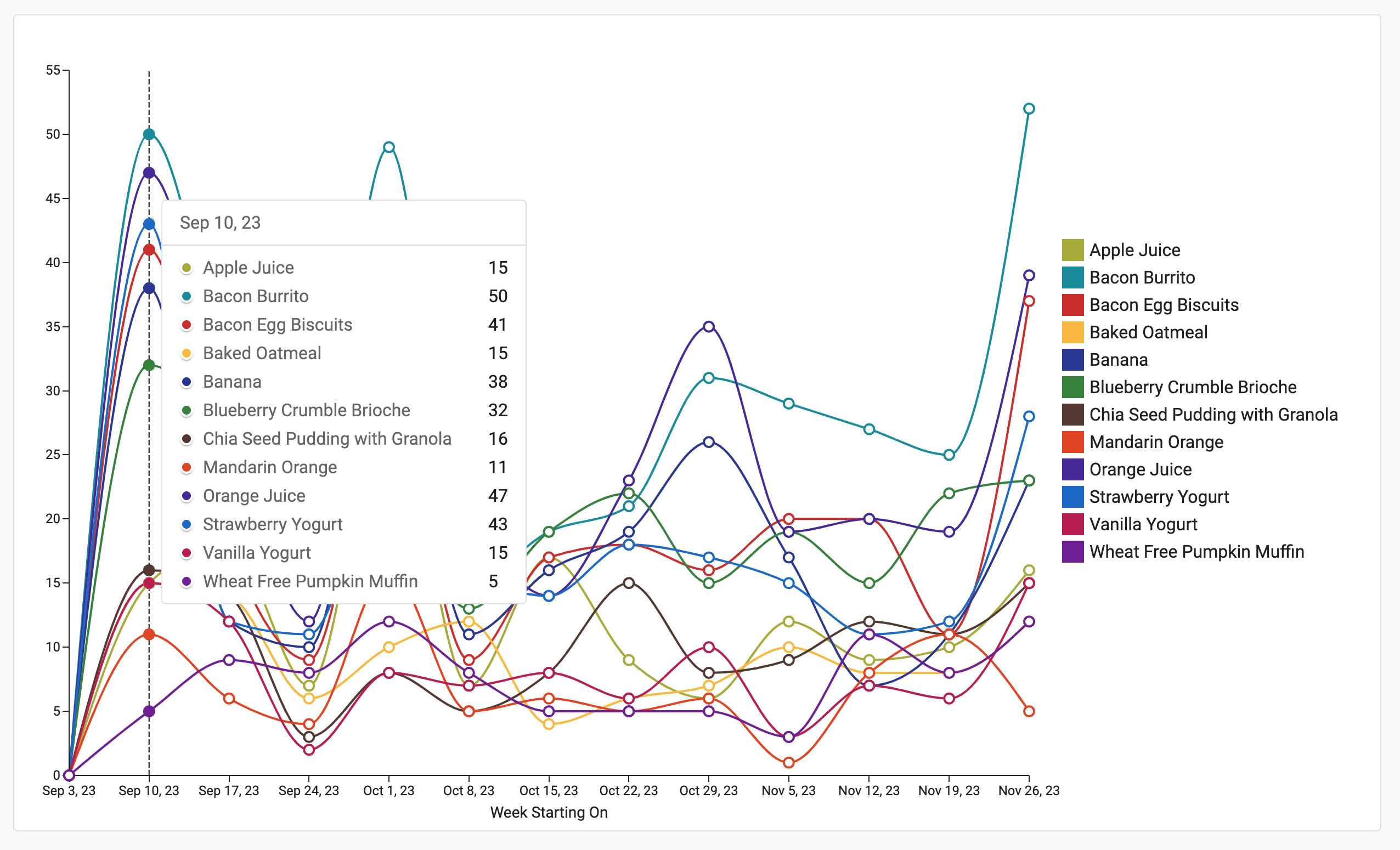
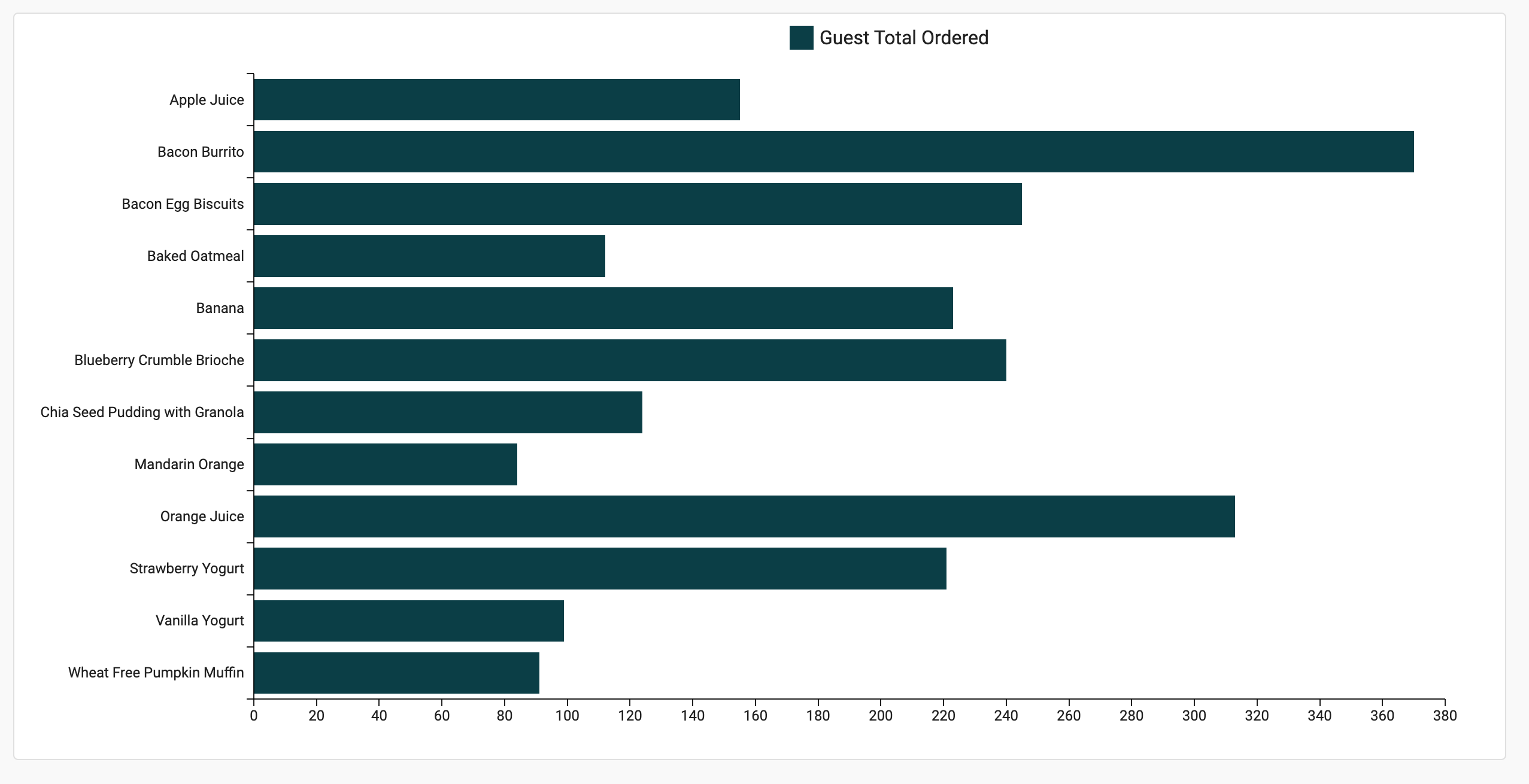
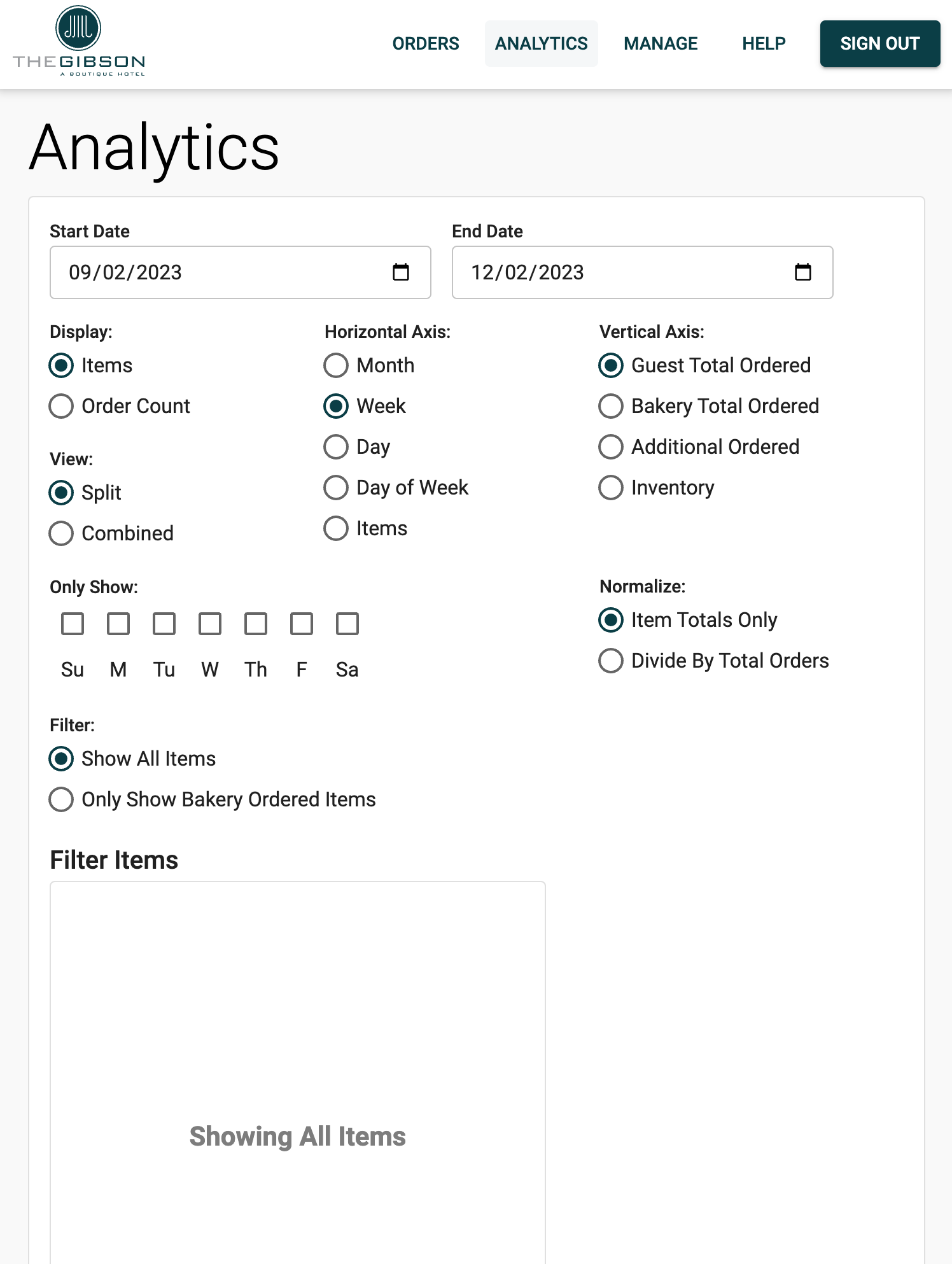
Challenges
Working With Changing Requirements
Iteration was common throughout this project, which forced me to constantly rethink my designs and structure my code to be more modular and maintainable. When building a product with the user as the focus, you can always do more to provide a better experience. Given this project's time constraints and resource limitations, this challenge helped me find new ways to ensure a good user experience and meet project deadlines.
Understanding the Connection Between Design and Implementation
Given my unique role as a designer and developer, I built my designs without implementation in mind to ensure I didn't limit myself in thinking of the best user experience possible. Once I got to implementation, I realized that almost any user experience is possible as long as you have the right tools and determination to overcome the complexities of the software. Having both roles ensured my designs were implemented as I had intended.
Providing Practical User Training
A big challenge during this project was ensuring the application users had the training they needed to succeed. Hotels turn over staff frequently, so the application needed to be simple enough to pick up and use immediately, but still have the features to perform all required functions. I learned a lot about how to strike a balance between providing the functionality and simplicity required by both a new and intermediate user of the application. To help aid the learning curve, I added a help navigation item linked to the documentation that stepped a user through each feature as they needed to use it.
Results
Guest Order Entry
Instead of using paper forms, an interactive and visually appealing interface improved the guest ordering experience and data.
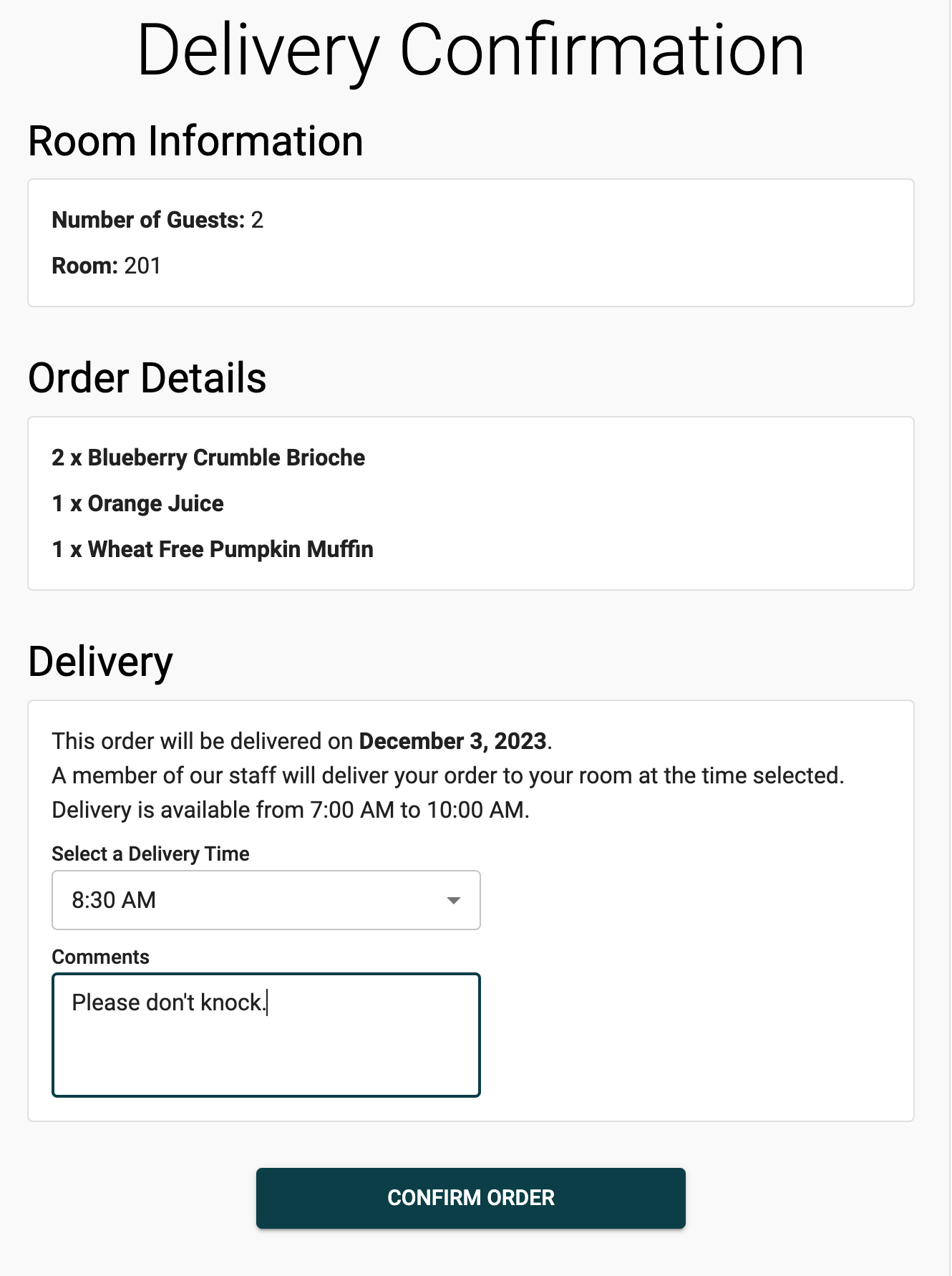
Employee Order Placement to the Bakery
Instead of manually aggregating all guest order quantities into one order to the bakery, the application automatically generated an Excel sheet to email to the bakery that did all of the number crunching for them. Hours saved, and errors avoided.
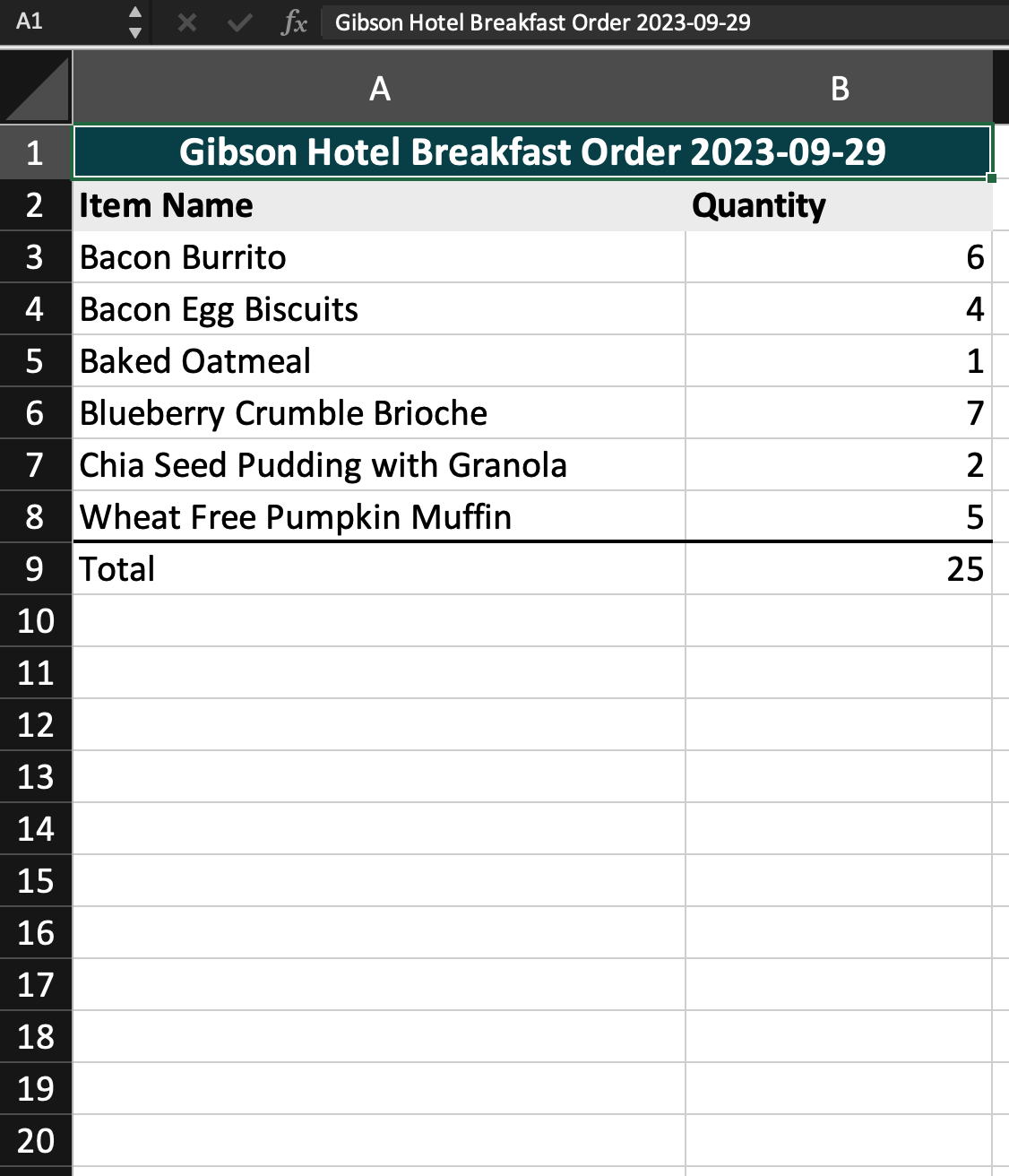
Organization with Order Delivery
If a guest has any concerns or exceptional circumstances, this can be communicated when the order is placed and highlighted to the employee when the order is delivered. This ensures each guest gets a custom and positive experience.

Forecasting for Days the Bakery is Closed
A big issue the hotel had was understanding how much extra food to order to prepare for days the bakery is closed. A custom analytics dashboard provided the front-desk manager insight into the most popular items to order extra to ensure the high-quality breakfast experience is maintained, regardless of the bakery's closing.

Inventory Management
Before the app was created, the hotel needed an effective system for managing breakfast inventory. Now, all of the inventory is handled for them through the app through a simple daily inventory check to ensure the hotel has the food it needs to provide breakfast to guests.
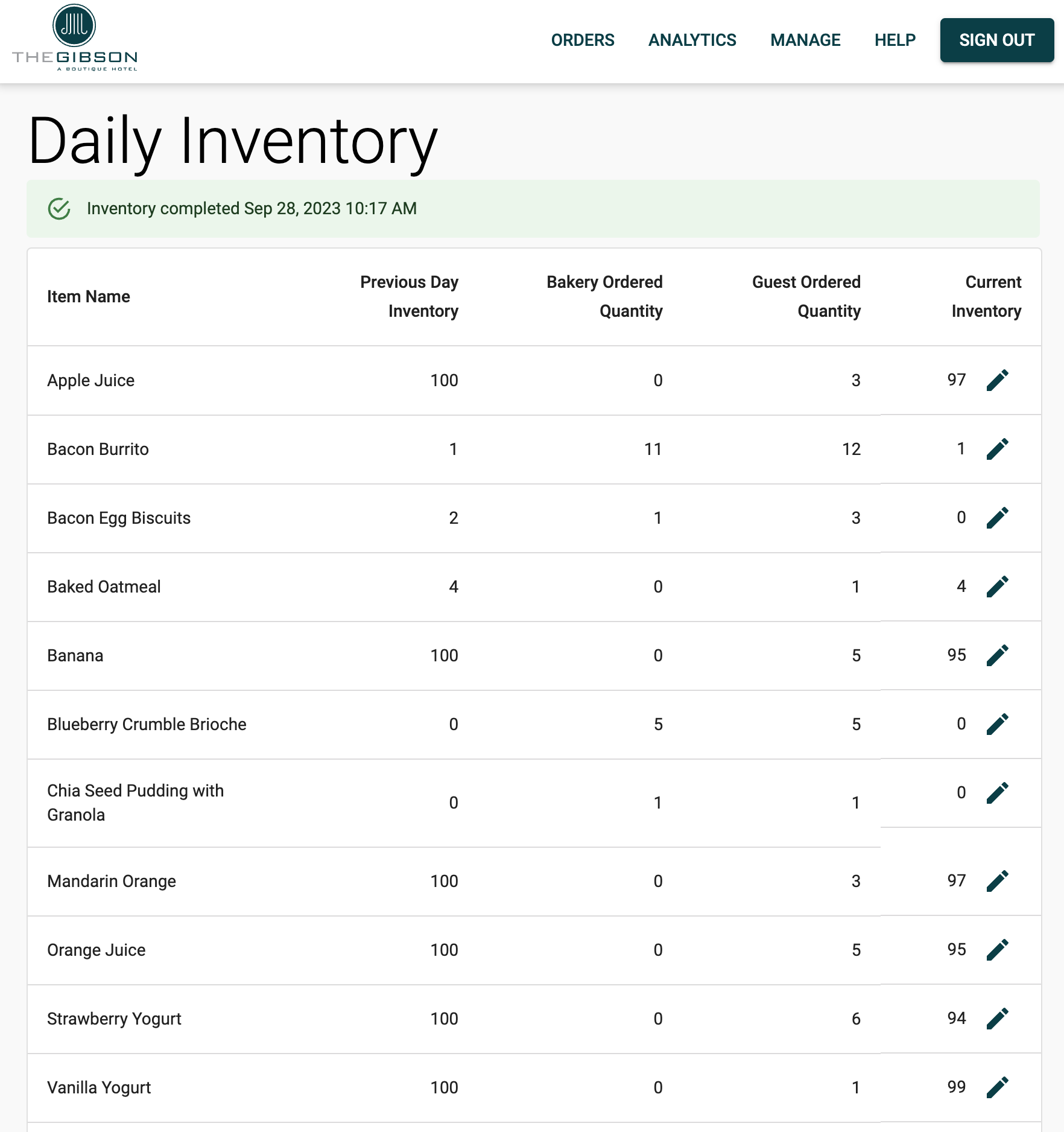
Reflection and Takeaways
This project proved to be a significant milestone for me in showcasing that I could complete a project from start to finish, all on my own. I have always been on a team in other projects of this size. I learned better ways to maintain discipline and accountability on a project that I hadn't needed to use before. It is always enjoyable to find someone who has a problem and build a solution for them that helps them do their job more effectively. I am proud of the work I did on this project and the impact it had on the hotel.
If you want to put me to work solving the biggest pain points for your business, reach out to me here, and let's talk!